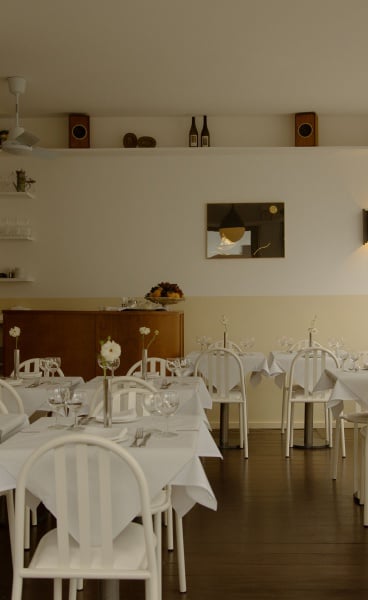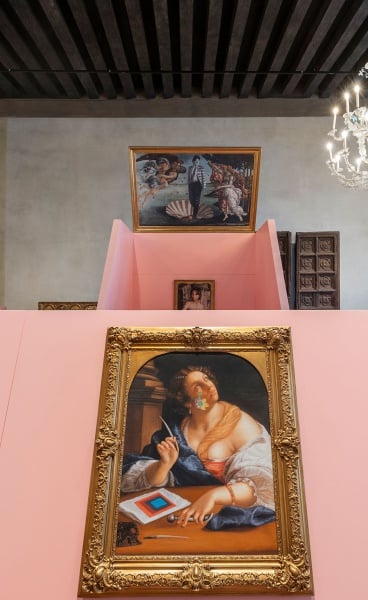Designer
Ettore Sottsass
About
Ettore Sottsass was an Italian architect and designer. Born in Innsbruck, Austria, he grew up in Milan where his father was an architect.
Ettore Sottsass was an Italian architect and designer. Born in Innsbruck, Austria, he grew up in Milan where his father was an architect. The bright red Valentine typewriter he designed for Olivetti in 1970 is perhaps his most famous design. He was the founder of Memphis, a group of designers and architects that created postmodern interior design objects and furniture in the 1980s - the work of this group attracted a lot of attention at the time and had a great influence on younger generations of designers. Parallel to his work with Memphis, Sottsass also founded his own architecture studio, Sottsass Associati, in 1980; the studio is currently based in London and Milan with the mission to preserve and continue its founder's work and spirit.
“I have tried as best as I can to gather together the terms of a new vitality and, where and how I was able, to collect the shapes,colours and symbols that could represent the change in the images of this century from an intellectual organisation to a reality that must be lived, to a kind of pure and vital energy.” — Ettore Sottsass, Domus Magazine, 1963




